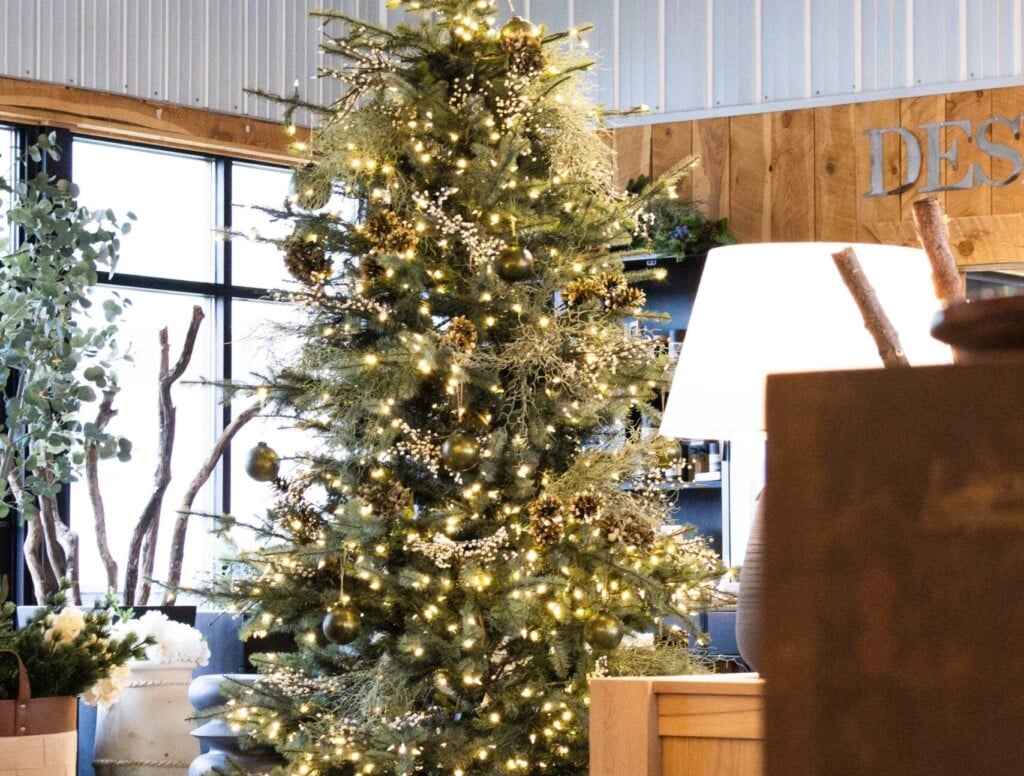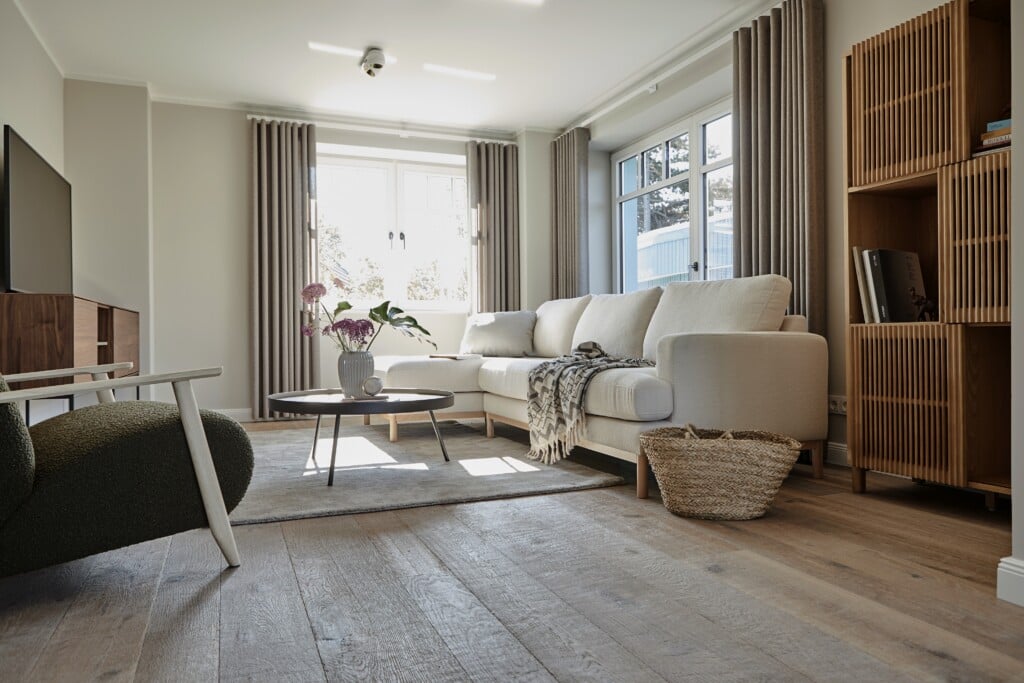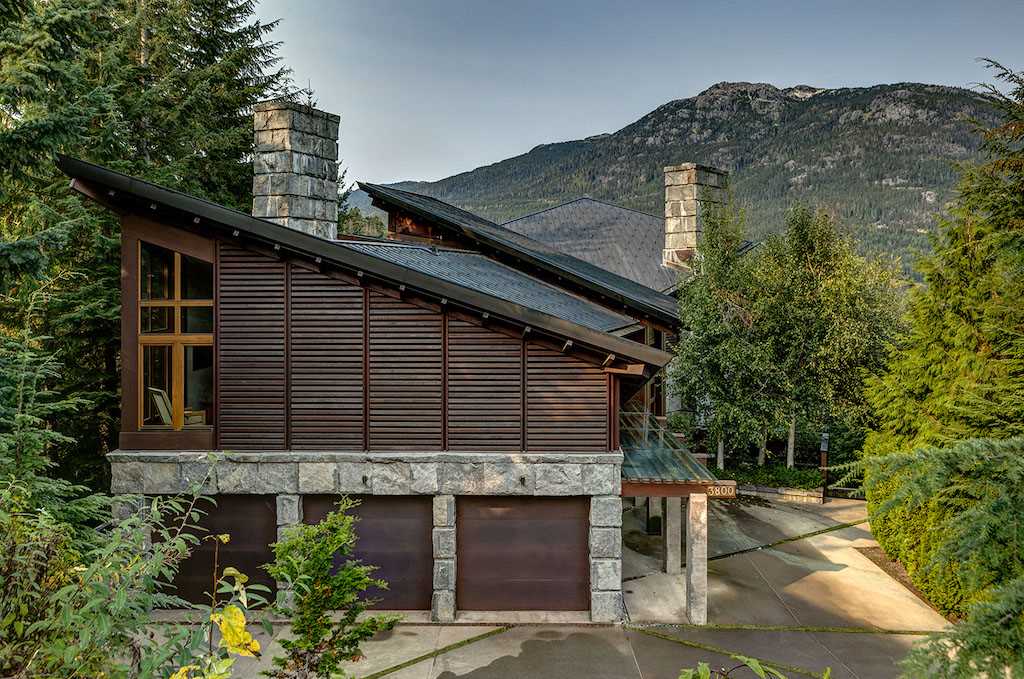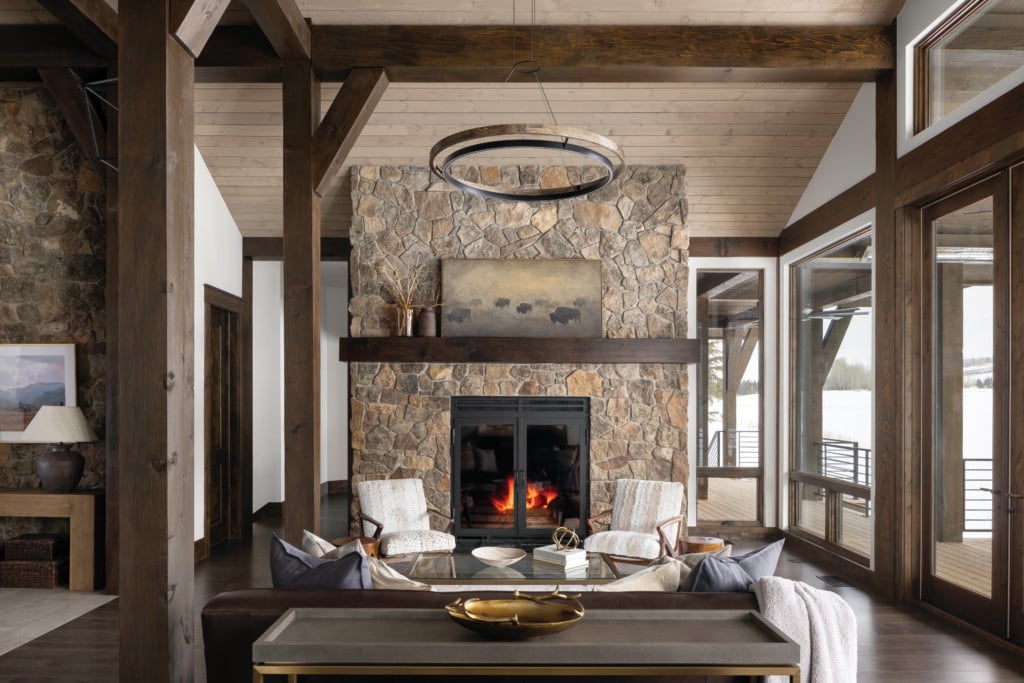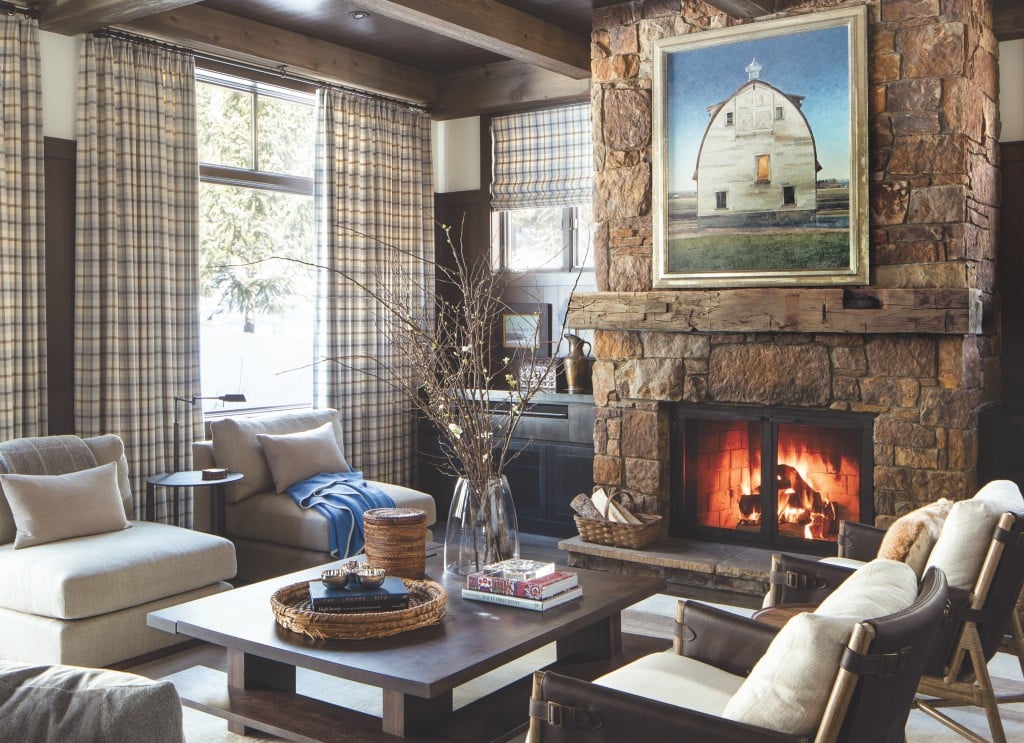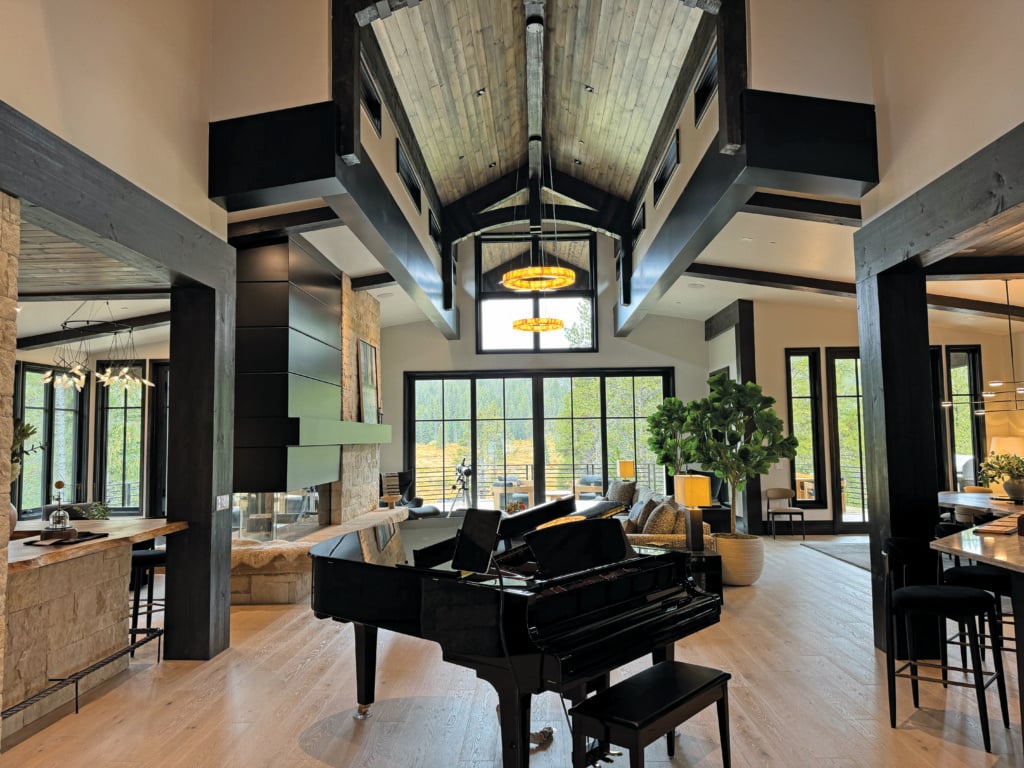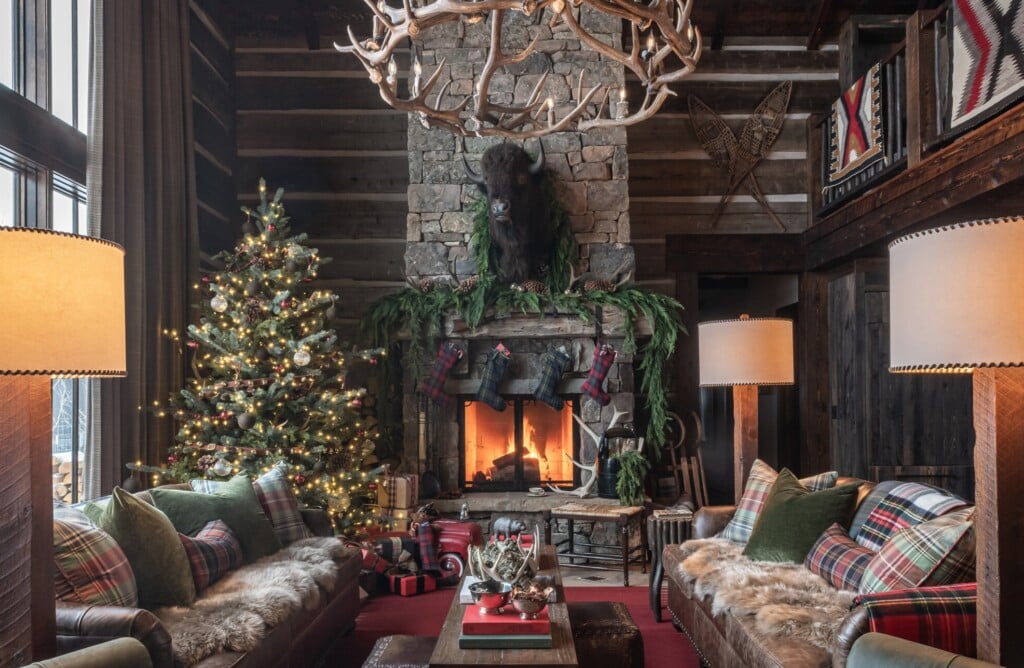10 Things Clients Should Know Before Hiring a Designer
A thoughtful approach to hiring a designer ensures a home design journey that begins with clarity, confidence and creativity.
Choosing a designer is about more than aesthetics. It’s about finding a team you can trust to listen closely, think creatively and guide you with care. The experience should feel collaborative, clear and genuinely enjoyable from the start.
To begin, look for a firm with a collective approach: an experienced team of designers bringing diverse perspectives and a shared purpose to the project. Whether you’re building, remodeling, furnishing or all of the above, your team should guide you through each phase with clarity, craftsmanship and partnership.
Each person’s experience is unique but many center around the same core questions. Here, we share some of the most common questions to help make the process more approachable, more transparent and more tailored to you.
1. What should the process look like?
A quality design firm will start with a personalized discovery phase designed to understand how you live, what inspires you and how you want your space to feel. This foundational step is critical to align the designers with your vision, priorities and design preferences from the very beginning.
After the initial meeting, expect a structured process that includes space planning, selections for fixed finishes, furnishings and final styling. Along the way, you should be provided with visual presentations, tailored recommendations and consistent communication. Experienced firms offer a dedicated project lead and full team support to manage timelines, vendors and details with precision, ensuring a seamless experience from start to finish.
2. How much does it cost?
Unfortunately, there is no one-size-fits-all answer to this question. The truth is, costs will vary based on your space, style and scope which is why budget is one of the first conversations you should have. It should never feel uncomfortable to ask.
A reputable firm will approach every project with transparency, helping you align your investment with your goals. They should break down where your dollars are going, offer guidance and help you prioritize what matters most. Whether you have a set range or need help defining one, your design team should tailor their recommendations to work within it so your budget works for your vision.
3. How involved do I need to be?
As involved as you’d like to be. Some clients enjoy being hands-on with every detail. Others prefer to hand over the reins. Most land somewhere in between. Early on, your design team should ask how often you’d like updates, what decisions you want to be part of and how you prefer to communicate. This way, they can adjust their approach to fit your style while keeping you informed, aligned and supported throughout.
4. Can I incorporate some of my own furniture or art?
Absolutely. Personal pieces bring meaning, history and character to a space. Thoughtfully integrating a favorite chair, a vintage rug or a piece of art with a story behind it makes your design truly unique. Considering scale, placement, palette and proportion will help your space feel cohesive and layered, reflecting not just great design but also your personal story.
6. How long will the project take?
Timelines vary depending on the size and scope of the project. Furnishing a home typically takes several months while remodels and new construction can extend to a year or more especially when layered with architectural and construction timelines.
Make sure your design team sets clear guidelines so you know what to anticipate at each phase. Choose a firm that is experienced in managing lead times, vendor coordination and decision-making milestones to keep your project on track. While every project is different, a quality firm’s approach is always proactive, organized and designed to keep things moving forward with confidence.
8. How will the design team help visualize the finished space?
Mood boards, renderings, finish samples and curated design presentations are all helpful tools to help you see the full vision before anything is ordered. These tools help translate ideas into something tangible, giving you a clear sense of how the space will look and feel. Your team should walk you through each element, answer questions and refine details together so every decision feels intentional and collaborative.
9. I’ve never worked with a designer, what should I expect?
You don’t need to know design terminology or have a fully formed vision. Your design team’s role is to ask the right questions, listen closely and guide you every step of the way. They should break the process down into clear, manageable phases so you always know what’s next.
10. So, bottom line, what is the key to finding the right team?
The many factors that go into finding the right interior design team depend on the individual: it’s a highly personal decision. But some of the most important things to look for are proven experience, a refined process and a commitment to being a true partner. Whether you are embarking on a remodel or a full-scale custom home, your relationship with the design team should help you navigate every phase with intention, precision and creativity.
Adrienne Rynes is President at Collective Design, a full-service interior design, architecture and curated furniture showroom in Frisco, Colorado. View their profile or contact them at 970-239-8514.
Content for this article provided by Collective Design





